
Petite ‘n Pretty Wants To Be The First Makeup Brand Gen Alpha Is Obsessed With
Before the latest gen alpha brand craze, Samantha Cutler sensed that tweens and teens—and perhaps most importantly their parents—were searching for something different in the beauty market. The mom and former chief product development officer at Stila and director at Smashbox launched the brand Petite ‘n Pretty in 2018 to be an entrée into makeup for young consumers that wouldn’t give them the lacquered Instagram face look while having good-for-you formulas satisfactory to adults paying for their products.
“It’s not play-based makeup. It’s really natural, pretty makeup. That’s our whole philosophy. We aren’t that pageant-y heavy look. Everything is very clean, and it’s really about feeling confident and pretty,” says Cutler. “Our lip glosses are sheer. Our brow gel, they can wear it to school, and it doesn’t really like they are wearing anything. That’s how we are differentiated from a lot of these other brands that are bold and more arty.”
Five years into Petite ‘n Pretty, the brand is contending with the social media machine that is TikTok, where it has roughly 450,000 followers and 4.3 million likes, a rash of new competitors, kids obsessed with adult-oriented brands like Drunk Elephant and the rise of affiliate marketing. We recently talked to Cutler about those topics and more, including sales via boutiques, cost-efficient advertising and product development.
How did you launch Petite ‘n Pretty?
We really wanted to launch DTC first. We were a newer category within the beauty space, and I really wanted to have data. We did a lot of ad testing, and we saw what moms, grandmas and aunts were gravitating to in the words we were using on social and paid ads. That was helpful for us to figure out what was resonating with the consumers like pediatrician-approved, nut-free, supports creativity, fun, age appropriate. Being age appropriate was super important because moms and dads are the ones purchasing.
There are a lot of brands that are toy-based brands or brands that skew young and playful, but they aren’t age appropriate, either the shades, the payoff of the products or the shade names aren’t age appropriate. Too Faced, for instance, is a really fun brand that skews young, but they have Better Than Sex mascara. You wouldn’t want to give that to your sixth grader.
We are a nut-free brand and that’s really important to us. A lot of older consumers will buy our product because they have been looking for a nut-free brand their whole lives. That was one of the things that positioned us differently than other brands in the market, especially in skincare. There are a ton of nut extracts and butters in skincare.
What did you launch with?
We launched with one palette, lip glosses, hair and body glitter. Today, we have 68 SKUs priced from $8 to $199. We have holiday palettes that we launch and back-to-school sets that are in and out, and we have a lot of merch items. Our customer maybe isn’t wearing makeup to school every day, and they will have our stickers that they can put on their computer or notebooks, and it’s driving awareness.
Our lowest price point are our blotting sheets, which are $8.50, and we have sets that are $34. Out of the gate, we knew we wanted to go to brick-and-mortar. We made sure that we were able to work with a margin for stores. If we had just launched DTC, our pricing could have been lower, but we did feel that having that flexibility was important.
We originally launched with a higher price point, then we dropped our price point. We worked with Ulta, and they were like, maybe you should drop your palette pricing, so we from $34 to $26 on the palette, which was a huge margin difference for us, but we did sell more units.
We could price our products lower, but we would have sacrifices on the quality, ingredients or testing of the products, so there are reasons why our products are priced slightly higher than maybe what you would find at Claire’s or more mass brands. We are definitely that masstige price point.
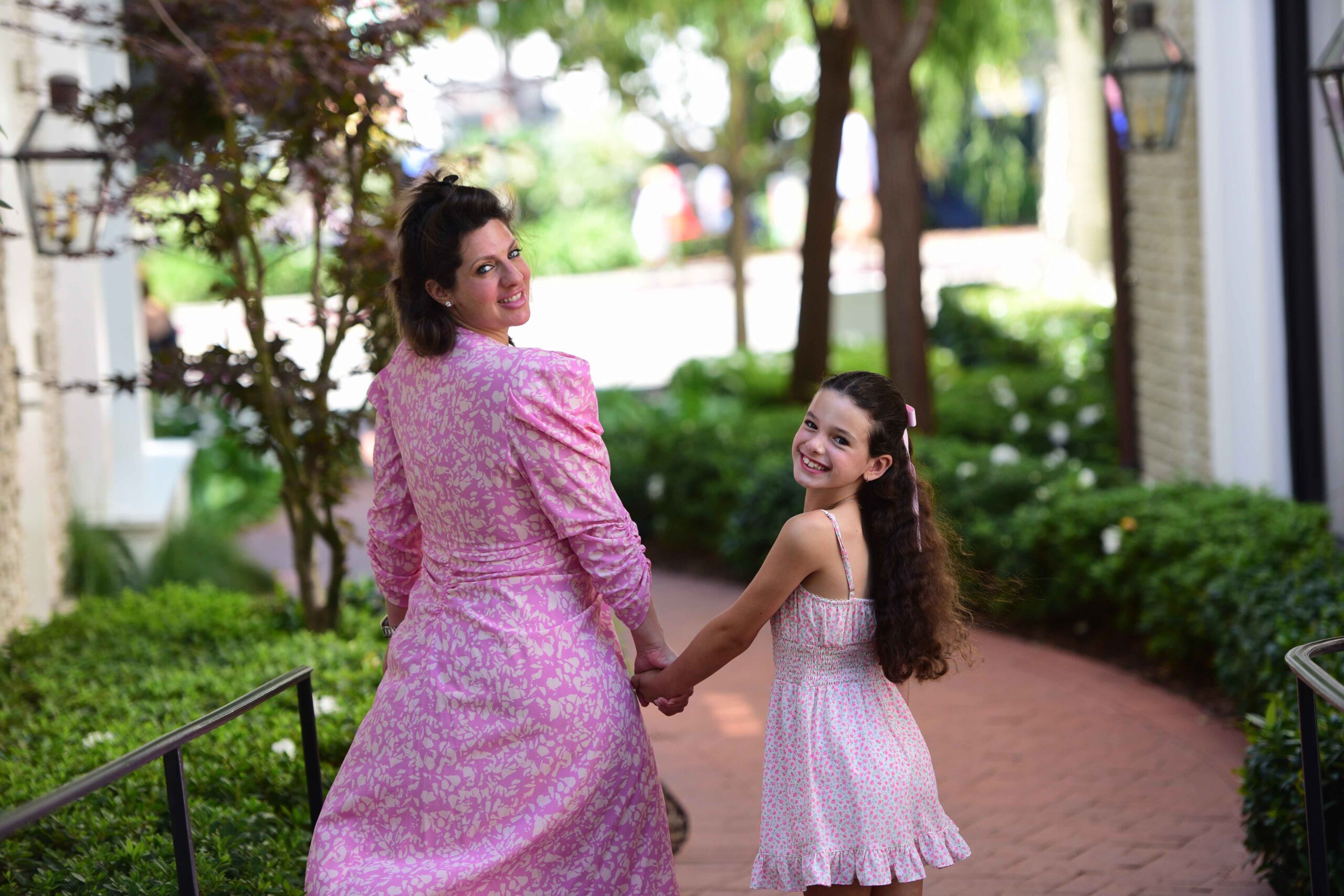
What’s something you wish you had done at the beginning?
When we first launched, we worked with models, not influencers. It was the beginning of this explosion of TikTok and the teen influencer movement that’s happening now. If I had to go back, I probably would have put more budget toward working with that teen influencer early on.
We worked with a lot of celebrities and mom influencers, which were great, but the cost is so expensive to work with them, and it was a one-off, not a long-term partnership. It makes more sense to have an ambassador partnership and work with someone for years and really develop a relationship and have that mutual trust versus allocating a lot of budget to one post or coming to one event.
We put a lot of money into a launch event. It was incredible and so much fun, but, looking back, was that the best way to spend money out of the gate? Probably not. We’ve gotten much smarter and more efficient with how we work and where we allocate our budget.
It’s challenging in the space you are in where kids want something geared to adults like Drunk Elephant. So, how do you think about that in terms of how you make your brand cool to kids?
We work with a lot of the older creators. I wouldn’t say the 20-year-olds, but our group is pre-Drunk Elephant, Glow Recipe. Moms are so happy that we exist. They’re like, “Your products are made for my daughter or my son, clean, fragrance-free, they don’t have all these actives in them that aren’t intended for their younger skin.” We are definitely that first brand in your beauty journey.
I’ve noticed Miami, New York, LA are the hubs of where a lot of these teen and tween girls are buying a lot of the product, and Middle America I’d say isn’t spending as much in these stores and buying as much. It’s a little bit different.
Our color is 70% of our overall business, and our skincare is 30% to 40%. We also have merch. They might still be using the skincare from other brands. Our color isn’t super pigmented because a lot of these young consumers don’t want to look like they’re wearing a cake face. They want to look very natural and glowy, very age appropriate.
How do you make sure that you’re age-appropriate and don’t run into some of the criticism a brand like Drunk Elephant faces for marketing products to kids?
I’m a mom, we have a lot of moms working in the brand. I do customer service personally, so I see what moms are looking for. Moms are looking for brands that are nut-free, they’re clean. We don’t source our formulas out of China and overseas. We really try to keep them domestic and work with the best suppliers from a quality standpoint. All those things keep us age appropriate.
Also, all of our applicators are slightly smaller for that best first-user experience. A lot of brands have products that might seem like they skew younger, but then the product name itself is not appropriate. Our product names are edgy, but they’re not inappropriate for their age. Our palettes are paper. They’re paper because, if a child has a plastic palette, and they drop it, they can cut themselves. Everything is really intentional in the brand.
What else are you seeing evolve in terms of how beauty brands are engaging with younger consumers?
I know younger consumers use the clean color brands, but I don’t know how the color brands are going to crack this young consumer obsessiveness because they don’t want to look like they’re made up. So, I think that would be interesting just to see if they try to crack the code with that. Maybe they make a tween line or maybe we start to see more products launched that don’t have active, non-age-appropriate [ingredients], but more hydrating or more gentle claims.
We are seeing a boom in the number of brands going after gen alpha. What do you think is going on?
I’m actually happy about it because, when we first launched five years ago, we would go to retailers, and they’re like, “We don’t have a category.” A lot of retailers look for categories they can grow this in their stores, and they’re like, “We don’t know where to put this.”
There are so many brands launching now for this tween demographic and these kids are buying products. Social media it is only getting more and more. It’s not slowing down at all. And I think there’s a lot of moms that are founders of these brands realizing there’s this white space, whether it’s a brand for boys, tween boys or girls. There’s so much opportunity in this demographic.
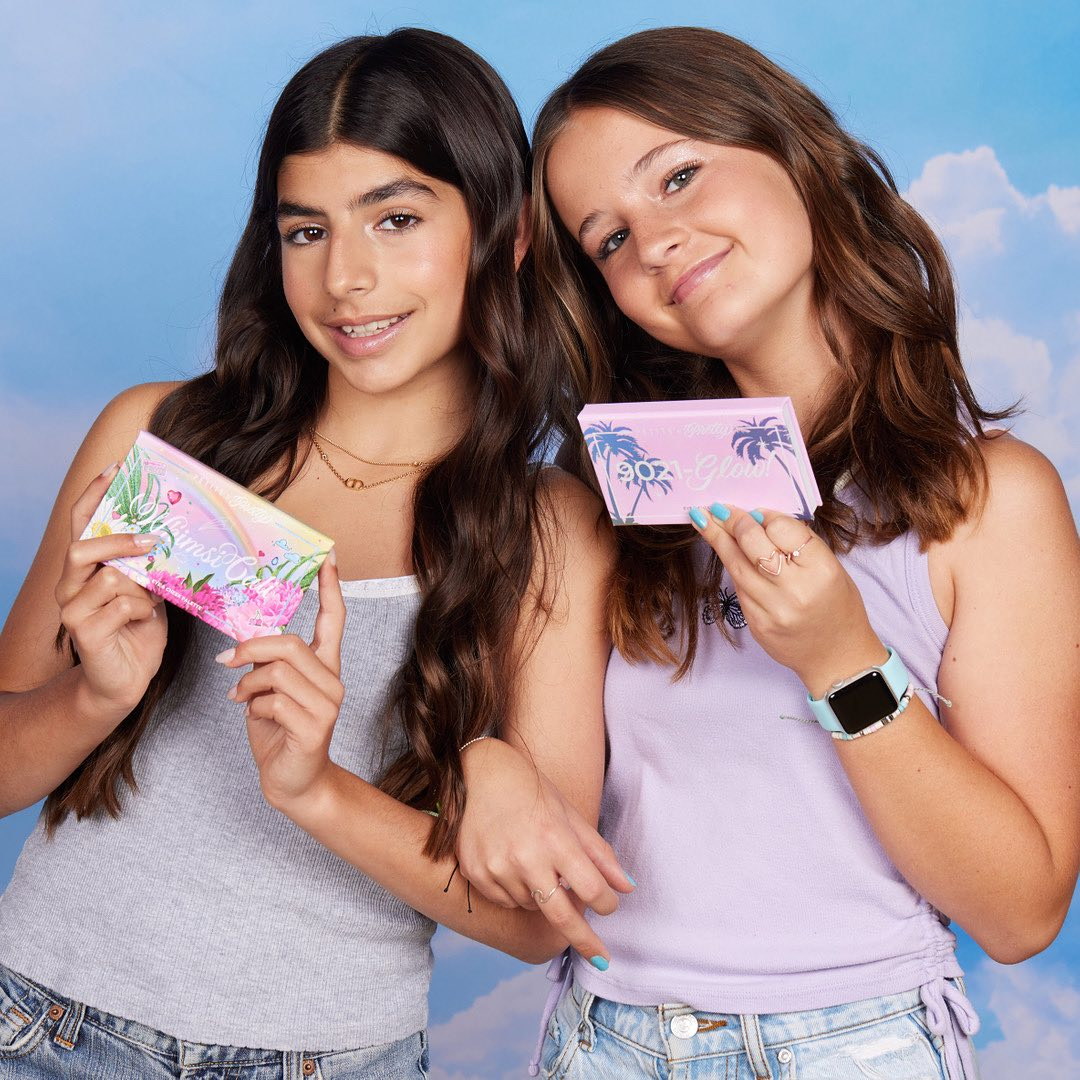
Young consumers are becoming very passionate about beauty brands and creating community around them like might have historically been the case around musical groups or entertainment franchises. How do you foster community?
We do a lot of brand building like Zoom camps or we have Valentine’s Day Saturday night where we’ll bake cookies together and anyone can join or it’s $15. I’ve seen kids create group chats and they’re BFFs from my brand specifically. It brings them together from literally around the world. With their love for Glow Recipe or Bubble, there’s all these fan pages, and they’re really obsessive. It definitely does unite people with like-minded interests.
What distribution levers do you want to push or pull?
We’re 50% is DTC, which is obviously our most profitable distribution channel. Then, 25% is Amazon, which I honestly was very apprehensive about going on, but being a mom, that’s where everyone is, and 25% is Ulta and boutique business.
A lot of our current distribution is online right now. We’d love to obviously have a place in brick-and-mortar. We know our consumer is shopping in store. We can’t be as impulse like, “Mom, let’s go to CVS or Target and get this product.” It’s just harder for us, but we’ve gotten better and more efficient at marketing to multiple consumers, the mom, grandma and kid.
Are you on TikTok Shop?
We have not done TikTok Shop yet. We tried doing ads on TikTok, and it just wasn’t profitable for us. Even for awareness, it wasn’t worth our spend. So, we’ve taken a step back right now from TikTok. We’re starting to explore Snapchat right now. So, Snapchat, YouTube Shorts, obviously Instagram and Facebook, and we try to hit a 2.5 to 3 to 1 to ROAS.
Walk us through a recent product launch.
We’ve launched press-on nails, which are made for petite-sized hands. Having an 8-year-old daughter, nails are such a big trend, and they all want the slightly longer nail. They want not Cardi B nails, but something that’s appropriate. I would find nails all over my house, so I was like, OK, we need to have nails that are going to stay on, but they’re not damaging and fit your nail. We would go to a store, and the nails are long and big.
The press-on nails are doing really well, and we’re launching a second round of them. We also have our holiday collection launching. It’s called Dream Land. Our color just does so well, especially at the holidays because so many kids have makeup on their lists. So, we’re launching a palette. We have our brush and then we also are launching a lip gloss duo with a backpack charm.
We have a subscription box as well, which is something that’s newer and growing a lot for us. A lot of it is merch-y items. We have our color products that we put in, but we also put in limited-edition binders, pencil cases with sequins and fun stuff. Our holiday box has socks, a beanie, our holiday collection, stickers and a silk pillowcase. That’s what all the kids want now. It’s silk for their skin.
The subscription boxes are a way for us to really have our customer engage with the brand and offer limited-edition items. They can pay once every four times a year or they can pay up front for the year. I’m hoping to see a huge amount of subscription boxes at holiday. We think we’re going to get in the multiple thousands. People want things that are limited and unique, and we can preview new launches with them and make them feel special.
What’s your approach to product launches?
Our goal is to go wide versus deep. We want to be the authority on beauty and personal care in this tween world. I would love to get into feminine care and hair and body. How do we really grow to be that go-to brand in this tween world or young teen versus us going really deep into color?
We have an eyeliner, and we have a brow pen, but they don’t do as well as those entry-level products. That tells us that our customer is not looking to be a professional makeup artist, and that’s OK. There are brands for that.
We have such loyal customers. Moms tell me all the time that they own everything from our brand. We literally have customers that have bought on our website 50 or 60 times. They trust our brand, and they are comfortable buying it. So, how do we own that space where the customer can own everything from us versus having 50 makeup palettes or 20 eyeliners? That is where we feel we can win.
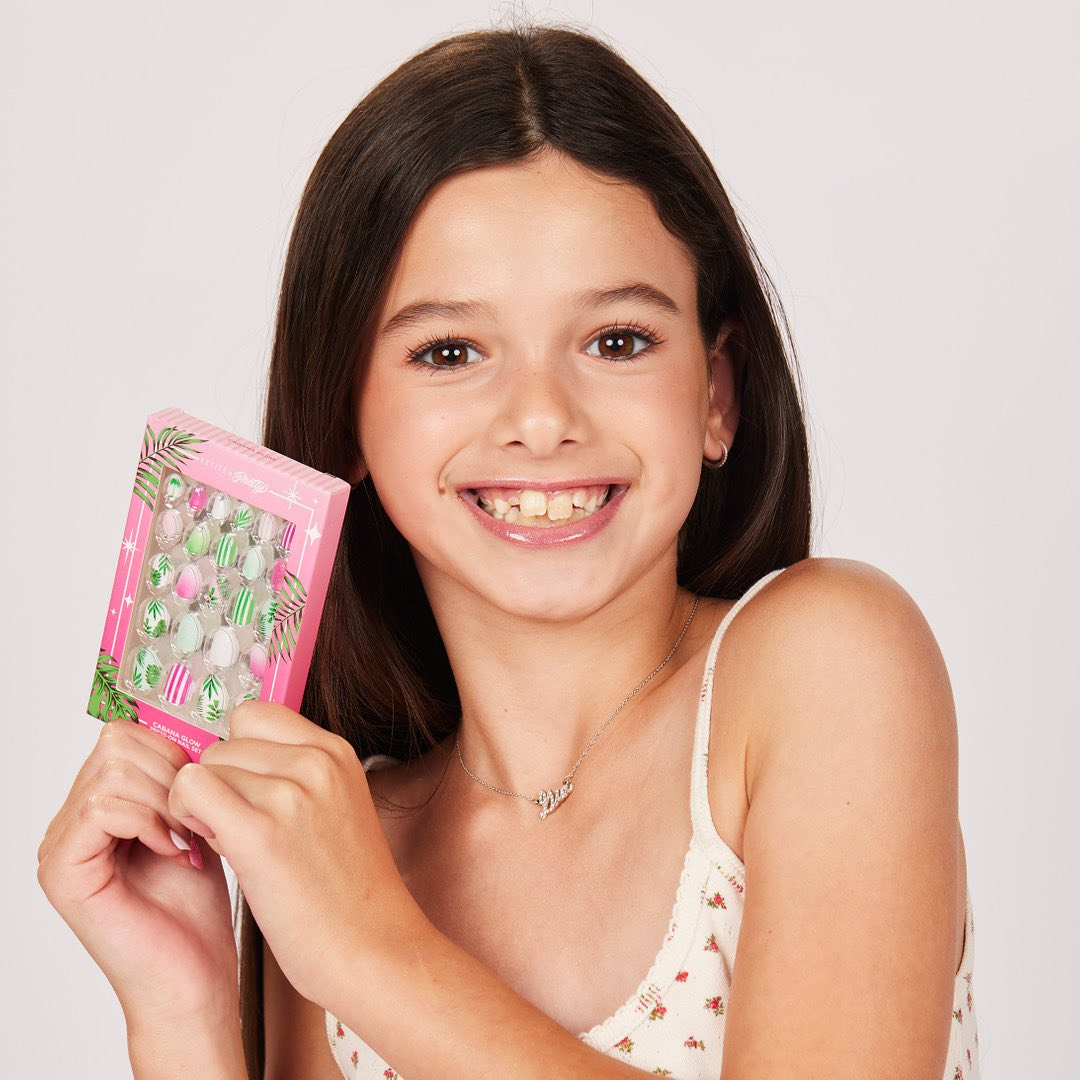
How is your business this year compared to last year?
We’re up 40% this year versus last year. A lot of it was driven by boutiques. We really have gone hard in the boutique space because our margins are good. We’re such a giftable brand, and boutiques are great places for moms that are buying gifts to grab our product. We also have gotten a lot of repeat orders, so the orders aren’t maybe as big as Ulta’s POs, but you’re getting multiple thousands of orders multiple times a year. It adds up.
We have two showrooms: One’s in the Atlanta gift market and one’s in Texas. We work really closely with them, and our head of sales really is giving them all the information. Then, if it’s a bigger boutique store, we will provide them with certain merchandising or we really support them from a brand side to ensure that they are successful.
Not just having stuff thrown on a shelf, but having it branded I think is really important. We have little signs that just briefly talk about the brand, they could be about it being founded by a mom, pediatrician-approved, nut-free, and we have testers, too. We will put that on a merchandising unit.
So, our boutique business is doing really well, then we’re growing on DTC, really trying to hit certain ROAS numbers to ensure that we are profitable.
You mentioned that you handle customer service yourself. What’s that like?
It’s great consumer insight for me. I can tell you to a T who our customer is. Most of the year, it’s pretty manageable, just Q4 gets crazy. The week before Christmas, I have moms calling asking, “Where is my package?” I had a mom frantic about her package, and I pulled up her shipping information, and she lived five minutes from my house. I was like, “This is really weird, but do you want to pick up the product at my house?” She picked it up and had it Christmas morning.
What are some short-term and long-term goals for the brand?
Obviously growing our distribution into an in-store retailer would be great. We have so much insight on this consumer, so I think that we could provide a lot in terms of our learnings. Our DTC we would like to grow. We don’t ship internationally right now, so there’s a lot of opportunity for us in terms of experience, but we did just launch in Mexico at Liverpool a month ago, so that’s exciting for us.
We also are in Starboard cruises, which is really interesting. That’s doing really well for us, too. You have such a captive audience of a grandma, mom and a kid. I think that there’s a big opportunity for us to actually expand that as well.
What have you been investing in less or more?
Affiliate is something that we’re really honing in on. Brands are working less and less with the big creators. It’s just so costly. You’re not seeing the conversion. It’s really not sustainable. We’re really working with these hyper-obsessed fans. Even if they have way less reach, their enthusiasm, their engagement, the cost to work with them, all that is just so much more efficient from a brand standpoint and also working with them over time.
We have girls and creators that we’ve worked with for five years straight. We see them grow. We might start working with them when they have 3,000 followers and then they’ll grow to 500,000 or 600,000 or a million. We’re really deep diving into that space.


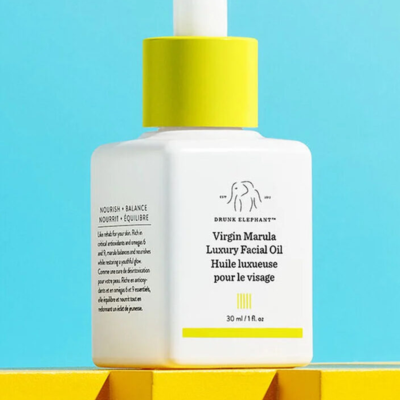

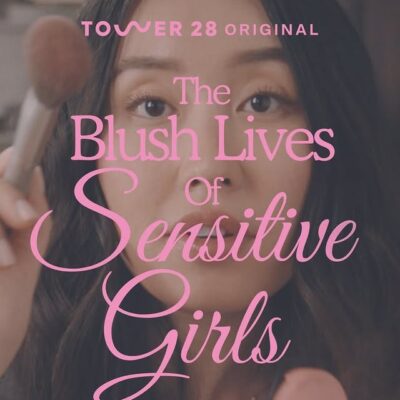
Leave a Reply
You must be logged in to post a comment.